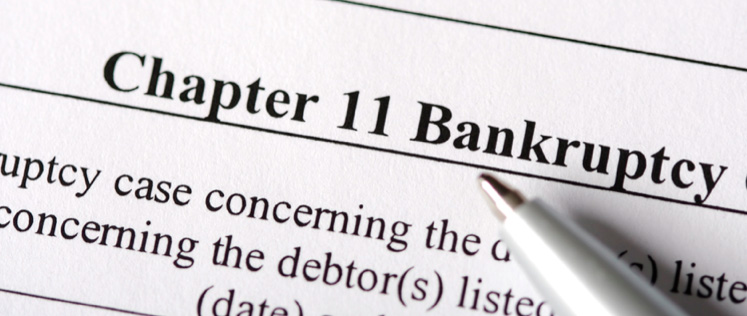Banks for rich people are different from other banks. They used to have more money.
Banking’s last crisis featured subprime borrowers, specifically people with troubled credit who were given mortgages by bankers who ignored the risk that the borrowers wouldn’t realistically be able to afford them. Banks that got into trouble were ones that churned out such loans or gorged on them in securitized form.
The current emerging turmoil is, so far, featuring the opposite. Banks such as Silicon Valley Bank and Signature Bank that catered to some of the wealthiest, most creditworthy clients—those with superprime credit scores—are the ones running into the biggest problems.
This is quite the turnaround. After 2008, banking the rich was often touted as a far better model. Even the biggest banks began aiming more of their consumer lending and wealth management at relatively better-off customers, and they scaled back on serving subprime customers. Wealthy customers seldom default, they bring lots of cash and commercial banking business and pay big fees for investments and advice, the thinking went.
But when interest rates shot up last year, it exposed weaknesses in the strategy. It isn’t that the rich are defaulting on loans in droves. But the most flush depositors with excess cash last year started taking their cash and seeking out higher yields in online banks, money funds or Treasurys. On top of that, startups and other private businesses started burning more cash, leading to deposit outflows.
When depositors began to panic about bank safety this month and withdrew their money, the most exposed were the people with uninsured deposits over the $250,000 Federal Deposit Insurance Corp. limit. Uninsured deposits represented a large share of deposits at SVB, which had encouraged clients to keep the majority of their cash at the bank. Rich customers came for the perks—then left with their cash.
Compounding deposit risk is the problem of banks having lots of loans and securities that are now yielding far less than market rates. Many of these can’t be easily sold if needed to cover deposit outflows. One reason banks loaded up on securities was because they got a flood of deposits during the pandemic but didn’t see an equivalent surge of loan demand. This may have been especially the case at banks catering to the wealthy, as rich customers usually don’t need a lot of bank borrowing for day-to-day needs.
A major way that the better-off do borrow from banks is to buy homes, and often in the form of what are known as jumbo mortgages. Jumbos are for loan amounts over $726,200 in most places, and over $1,089,300 in high-cost cities such as New York or San Francisco. Jumbo mortgages bring wealthy customers with lots of cash. They also are typically more difficult to sell to the market, in part because they aren’t guaranteed by government-sponsored enterprises such as Fannie Mae or Freddie Mac. So banks often sit on them. But the value of these mortgages, many of which are fixed at low rates for the foreseeable future, have dropped as interest rates have risen.
To be sure, not all banks that focus on wealthier individual clients are under intense pressure. Shares of Morgan Stanley and Goldman Sachs, are down less than half as much this month as the nearly 30% decline for the KBW Nasdaq Bank index. But those banks are more diversified and focus more on the steadier, fee-generating parts of the wealth business, such as stock trading and asset management, than on mortgages or deposits.
An easing of interest rates and liquidity support by the Federal Reserve could calm nerves for now. But the bigger pressures on banking the wealthy may persist. Deposit movements may further motivate customers to seek out the best rates on cash. Some people might refinance if they have mortgages that reset at higher rates, but homeowners with sub-3% mortgages aren’t very motivated to move and generate new loans.
Wealthier customers aren’t immune to economic problems, either. While they still will be better off, events such as corporate layoffs along with declines in the market will be felt relatively more by white-collar workers than blue-collar ones, who may be enjoying a far stronger labor market. This phenomenon has been dubbed the “richcession.”
Of course, a deep regular recession and a widespread jump in unemployment, accompanied by falling interest rates, might even out the pain. But for now, the problem starts at the top.













